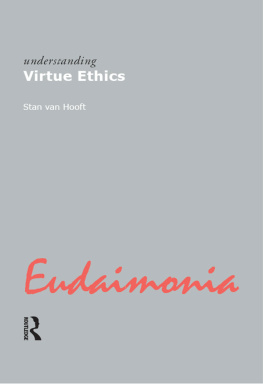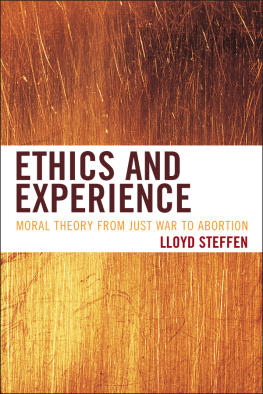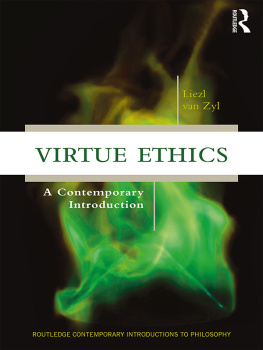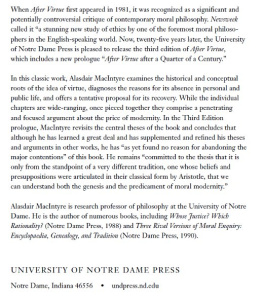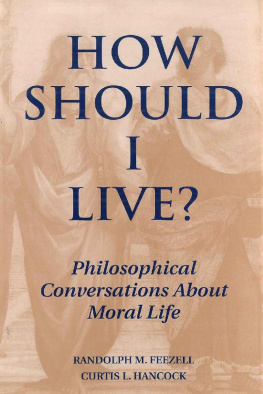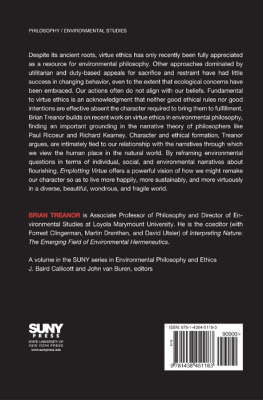
understandingvirtue ethics
Understanding Movements in Modern Thought
Series Editor: Jack Reynolds
This series provides short, accessible and lively introductions to the major schools, movements and traditions in philosophy and the history of ideas since the beginning of the Enlightenment. All books in the series are written for undergraduates meeting the subject for the first time.
Published
Understanding Existentialism
Jack Reynolds
Understanding Poststructuralism
James Williams
Understanding Virtue Ethics
Stan van Hooft
Forthcoming titles include
Understanding Empiricism
Robert Meyers
Understanding Ethics
Tim Chappell
Understanding Feminism
Peta Bowden and Jane Mummery
Understanding German Idealism
Will Dudley
Understanding Hegelianism
Robert Sinnerbrink
Understanding Hermeneutics
Lawrence Schmidt
Understanding Naturalism
Jack Ritchie
Understanding Phenomenology
David Cerbone
Understanding Rationalism
Charlie Heunemann
Understanding Utilitarianism
Tim Mulgan
understandingvirtue ethics
Stan van Hooft

First published in 2006 by Acumen
Published 2014 by Routledge
2 Park Square, Milton Park, Abingdon, Oxon OX14 4RN
711 Third Avenue, New York, NY 10017, USA
Routledge is an imprint of the Taylor & Francis Group, an informa business
Stan van Hooft, 2006
This book is copyright under the Berne Convention.
No reproduction without permission.
All rights reserved. No part of this book may be reprinted or reproduced or utilised in any form or by any electronic, mechanical, or other means, now known or hereafter invented, including photocopying and recording, or in any information storage or retrieval system, without permission in writing from the publishers.
Notices
Practitioners and researchers must always rely on their own experience and knowledge in evaluating and using any information, methods, compounds, or experiments described herein. In using such information or methods they should be mindful of their own safety and the safety of others, including parties for whom they have a professional responsibility.
To the fullest extent of the law, neither the Publisher nor the authors, contributors, or editors, assume any liability for any injury and/or damage to persons or property as a matter of products liability, negligence or otherwise, or from any use or operation of any methods, products, instructions, or ideas contained in the material herein.
ISBN 13: 978-1-84465-044-6 (hbk)
ISBN 13: 978-1-84465-045-3 (pbk)
British Library Cataloguing-in-Publication Data
A catalogue record for this book is available from the British Library.
Designed and typeset by Kate Williams, Swansea.
Contents
Introduction
Virtue
The word virtue derives from the Latin virtus meaning excellence, capacity or ability. In this sense, to have virtue is to have the power or ability to achieve something. More commonly in modern English the word has come to refer to a disposition or a pattern in someones character or personality that leads them to act morally. It refers to traits of character that we find admirable. Examples of virtue include generosity, honesty, courage, patience, good humour and friendliness.
Different societies emphasize different virtues. Our society expresses admiration for the traits of character that lead to success in entrepreneurial activities. We count as a virtue the willingness to take risks and to compete vigorously with others in business. We praise these traits in sport as well. In other contexts, and more often among women, we praise such virtues as caring and nurturance. Some religions emphasize humility and meekness, whereas if you were in the army you would be urged to display courage and assertiveness as well as obedience (if that is not contradictory). Moreover, what people take to be virtuous changes over time. The virtues we look for in our young people today differ from those that were sought in previous ages (to be seen but not heard, for example).
But these points seem to lead to some strange conclusions. They suggest that virtues are relative to social and cultural contexts. Among themselves, bank robbers probably admire bravado displayed during bank robberies and so it would seem that, although the activity is immoral, we would have to accept that bank robbers could describe each other as having the virtue of bravado. It might seem that virtue terms are relative to the social groups in which they are used rather than to absolute moral standards. These sorts of problems take us from our everyday intuitions about what is right and wrong and what is virtuous or not, towards a rational scrutiny of those intuitions. That is to say, they introduce us to moral theory.
The purposes of moral theory
Morality tells us what we ought to do in a specific range of circumstances, whereas moral theory (sometimes called ethics) is the study of morality. The purposes of moral theory are various. Perhaps the most general task moral theorists set themselves is to understand what morality is. Is it a set of dispositions engrained in our genes in the way that the social habits of chimpanzees are? Is it a set of conventions we have created throughout history in order to structure our social lives? How do the rules of morality differ from religious rules such as the Jewish injunction to eat only kosher food? What is morality for? What does it seek to achieve? Does it serve an individuals concern about personal salvation, happiness or staying out of jail, or does it have a communal purpose such as the creation of peace and social progress? What distinguishes and unifies morality? Is it a set of commands from God or a set of norms that derive from a single overarching principle? Is there a single goal that human beings pursue in the light of which some traits of character and not others will be virtuous? Moral theorists bring a variety of answers to these questions.
A second purpose of moral theory is to establish what we are obliged to do, what we are forbidden from doing, what we are permitted to do and what it would be good for us to do even when it is not obligatory. In this sense, moral theory is prescriptive. It prescribes to us what our duties are or what it would be virtuous to do. A paradigm example of such prescriptions will be the Ten Commandments of the Judaeo-Christian tradition, which include such prescriptions as Thou shalt not kill and Thou shalt not covet thy neighbours goods. The first of these prohibits a kind of action, while the second prohibits an attitude or desire. Given that such prescriptions, along with prohibitions against lying and cheating, are well known and hardly contentious, it may be wondered whether contemporary moral theorists would have much to add to such traditional norms. No one today seriously doubts that the norms that forbid lying, cheating and murder are valid. But even that large range of moral norms that everyone accepts, at least in general terms, and that are not therefore the subject of much debate needs to be applied. We all know that it is wrong to lie, cheat or kill people unless there are very acute extenuating circumstances. But just what these circumstances might be will be an object of debate among ethicists. Debate over issues such as euthanasia and abortion are examples where moral theorists debate how to apply the rule against killing human beings so as to prescribe that one course of action is wrong while another is right.
Next page
